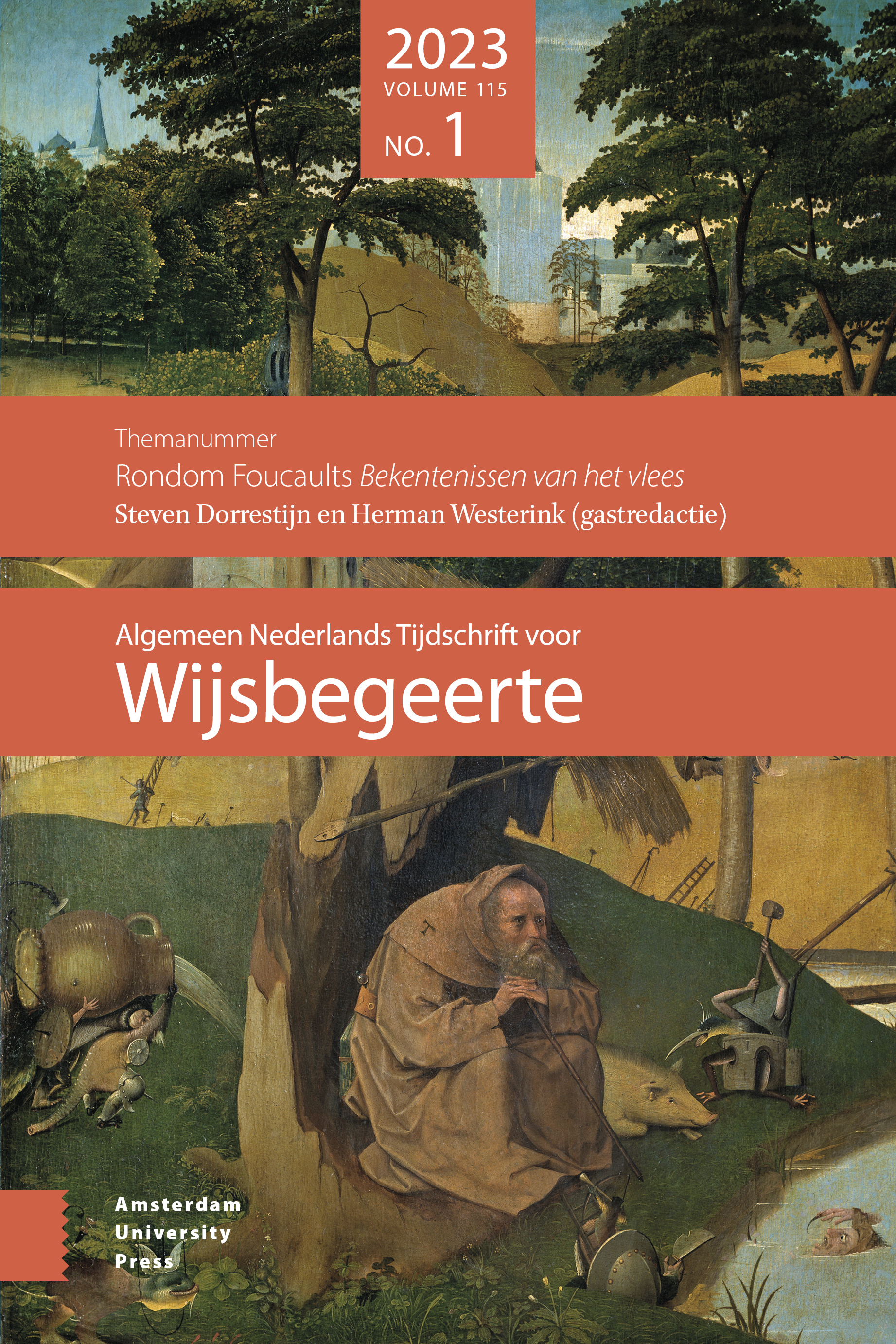-
oa Het (on)voorspelbare brein
- Amsterdam University Press
- Source: Algemeen Nederlands Tijdschrift voor Wijsbegeerte, Volume 111, Issue 3, Oct 2019, p. 359 - 377
-
- 01 Oct 2019
Abstract
Abstract
The (un)predictable brain
In this paper I give an assessment of the (potential) predictive power of brainreading technology by comparing it to our capacity to predict others’ behavior by means of mental state attribution (mindreading). I identify two constraints that are typically ignored in the literature on brainreading and discuss their implications for the predictive power of brainreading. I conclude that there is little reason to expect that brainreading technology will generate better predictions than everyday mindreading, but that it might offer a good alternative in cases where mindreading underperforms or completely fails.
© 2019 Amsterdam University Press


